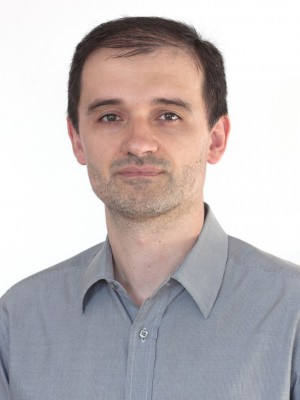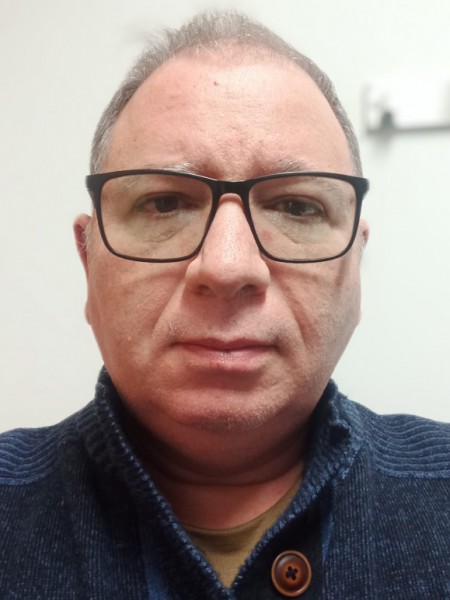abstract
The manufacturing process of DOW Chemical Company in Portugal produces a brine stream containing organic contaminants. For recovering the sodium chloride by-product, it is necessary to fully characterize this brine stream. With this purpose, a direct immersion-solid phase microextraction-gas chromatograph (SPME-GC) analytical method was successfully optimized and implemented, being possible to quantify accurately, with reproducibility, the organic fraction at ppb levels. The effects of salt content, extraction time, temperature, and pH were investigated, and the SPME experimental conditions optimized. For the poly(dimethylsyloxane-co-divinylbenzene) fiber utilized, the resulting parameters were: 25% (wt.) of NaCl, 30min, 20 degrees C, and pH 11. The fiber desorption was performed at 250 degrees C for 15min. The calibration curves of the representative organics of the brine (benzenamine, cyclohexanamine, 2-methylbenzenamine, N-cyclohexylcyclohexanamine, cyclohexyl alcohol, nitrobenzene, cyclohexanone, and 4-phenylcyclohexylamine) presented good correlation coefficients (0.991R(2)0.997). The detection limits of the method were determined for each species for the optimized analytical conditions; the detection limits vary from 0.21 to 3.22ppb, respectively for N-cyclohexylcyclohexanamine and benzenamine, the, precision ranged from 4.4 to 8.7% RSD and the validation criteria was obeyed for all analytes. The industrial brine stream was then characterized during several days to register the concentration history of contaminants. Independently of the stream composition fluctuations, the SPME methodology developed and optimized in this work was able to assess accurately their concentrations at ppb levels.
keywords
AROMATIC-AMINES; LIQUID-CHROMATOGRAPHY; GAS-CHROMATOGRAPHY; MASS-SPECTROMETRY; SPME; SOLVENTS
subject category
Engineering; Water Resources
authors
Lima, JFB; Da Costa, AG; Silva, CM; Da Silva, FA; Mendes, A
our authors
acknowledgements
Joao Lima is grateful to Dow Chemical Company, Portugal, S.U.L, and FCT for his PhD grant (SFRH/BDE/33910/2009). The authors acknowledge the fruitful discussions with Dra. Silvia Rocha from University of Aveiro.



